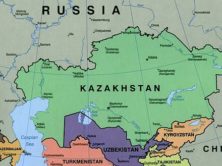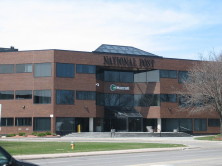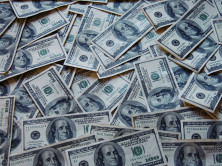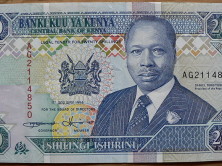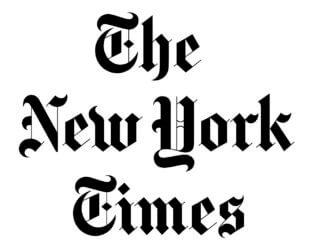
(Credit: NYTimes)
The New York Times‘ decision last week to publish an op-ed by an anonymous author has stirred considerable controversy and raised numerous ethical questions.
As background: The New York Times published a Sept. 5 op-ed headlined, “I am Part of the Resistance Inside the Trump Administration.” The Times only identified the author as “a senior official in the Trump administration whose identity is known to us and whose job would be jeopardized by its disclosure.” In the op-ed, the writer claimed “many of the senior officials in his own administration are working diligently from within to frustrate parts of his agenda and his worst inclinations. I would know. I am one of them.”
Times op-ed editor James Dao said in an interview with Times podcast The Daily that someone “who I know and trust well contacted him and said there was someone in the administration who wanted to write an op-ed. He said he did have ‘direct communication with the writer’.”
Dao, in the podcast, said it was “maybe the 4th time” in 3 years the Times published an anonymous op-ed. In terms of who the person is, Dao said, “I feel like we followed a definition that has been used by our newsroom in the past.”
In a note atop the op-ed, the Times stated:
The Times is taking the rare step of publishing an anonymous Op-Ed essay. We have done so at the request of the author, a senior official in the Trump administration whose identity is known to us and whose job would be jeopardized by its disclosure. We believe publishing this essay anonymously is the only way to deliver an important perspective to our readers. We invite you to submit a question about the essay or our vetting process here.
Issues the decision raises include:
1. In a time when the New York Times and other outlets often speak of cutting down on their anonymous source use, instead, the Times is taking it a step further, expanding the anonymity allowances into the opinion division.
2. What happens if the New York Times‘ news desk and reporters find out who the writer was? Did the Times notify the writer the paper’s news side might out him or her? Former Times public editor Margaret Sullivan, who campaigned on the evils of anonymous sources when public editor, now media columnist at the Washington Post, raised that question, noting the article was newsworthy but if the Times‘ news side learns who the author was, it will raise questions and ethical issues. iMediaEthics has asked the Times whether it discussed this with the writer.
3. The Times‘ op-ed editor Peter Dao said in the Times‘ podcast that he had to conduct a background check and verify who the person was, prompting commenters on an Associated Press article to question how “senior” this official is. iMediaEthics asked the Times about this description.
Judging by how the NYT op-ed editor talks today about the anonymous senior official, sounds like he may not be household-name famous.
"We had to work to try to confirm that this person is real…and 100% confident they were who they are"https://t.co/wKoZ3F6pKA
— Dan Nguyen (@dancow) September 6, 2018
4. What verification was done? The Times Op-Ed says “like-minded colleagues” agree and are working with the writer. Did the Times speak with even one of these alleged people to verify they exist and are in fact like-minded?? iMediaEthics has asked the Times.
5. Why did the Times allow an anonymous writer to have his or her own anonymous source citing an unidentified event? Will the newspaper’s anonymous source policy have to include the issue of whether or not anonymous sources can have their own anonymous sources? Certainly, by not providing the information, the Times editorial desk makes it harder to out its writer, but it also requires another level in leap of faith from its audience. The Times‘ op-ed reads in part:
“There is literally no telling whether he might change his mind from one minute to the next,” a top official complained to me recently, exasperated by an Oval Office meeting at which the president flip-flopped on a major policy decision he’d made only a week earlier.”
iMediaEthics ask asked the Times about this decision to let the anonymous writer use an anonymous source and if the Times knows who the writer’s anonymous source is.

